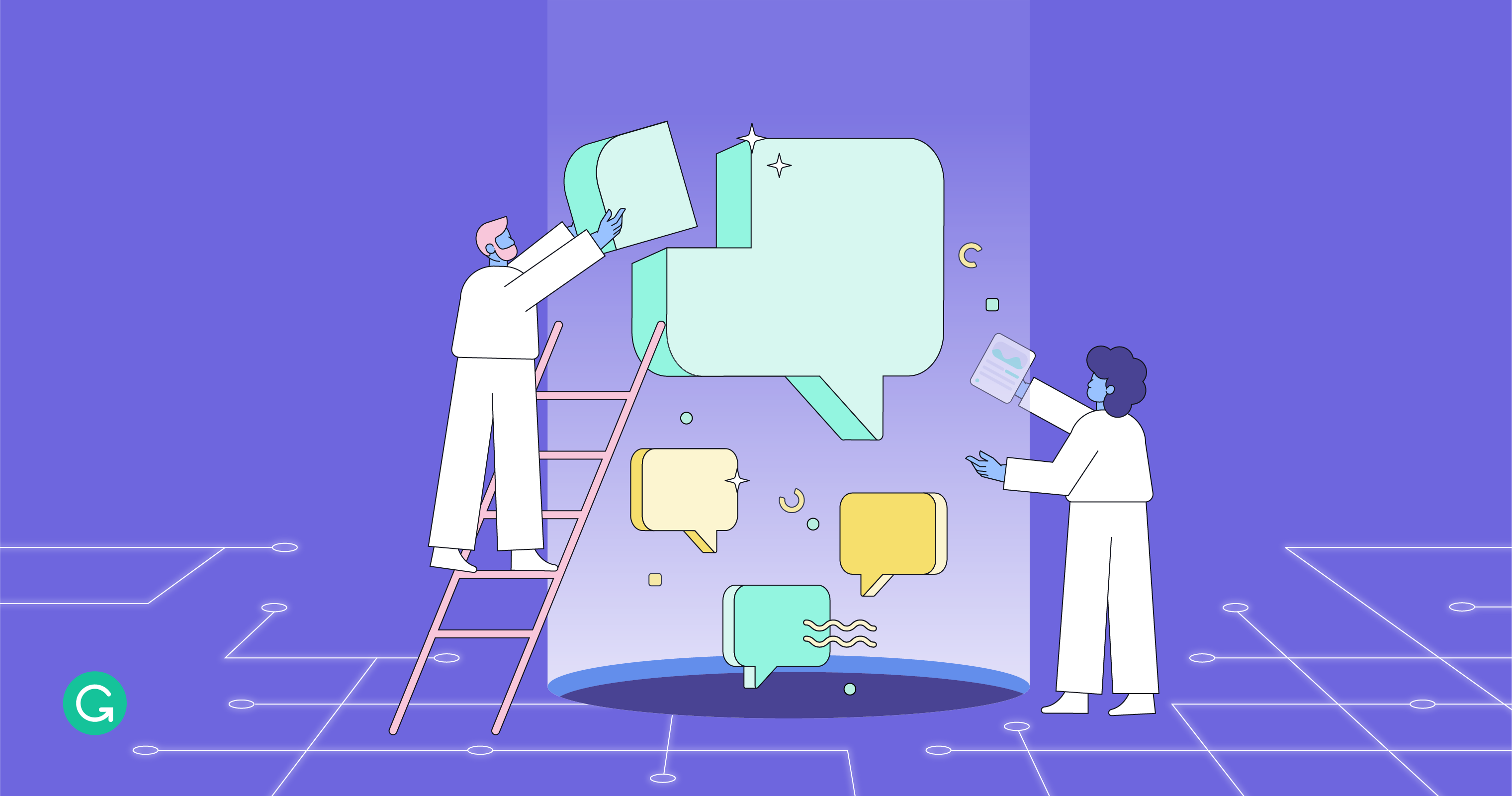Share
Explore

 Machine Learning @ Grammarly | Interview Guide
Machine Learning @ Grammarly | Interview Guide
What to expect from Grammarly's MLE interview process, and how to prepare effectively.
Callum Cobb
Last edited 5 minutes ago by Alex Libre
Overview & Introduction
or if you have any questions.
Actively Hiring Teams & Opportunities
Job Descriptions
Grammarly Careers Page
Grammarly ML on YouTube
Interview Process & What to Expect
Interview Stage
Interview Stage
1
Recruiter Intro Call
2
Initial Technical Coding Round
3
Onsite Interviews (x4)
4
Final Interviews (x1)
There are no rows in this table
Recruiter Screen
Initial Interview
1. Technical Coding Round | 75 minutes
Finding an optimal solution
Did you consider all relevant alternatives and arrive logically at the best one?
Autonomy
Did you arrive at a solution with minimal help and intervention from your interviewer?
Code Fluency
Self-explanatory; you should write good, clean code and do so independently.
Onsite Interviews (virtual via Zoom)
1. ML Practical | 1st Technical Interview
2. ML System Design (Personalization | 2nd Technical Interview
3. ML/DL | 3rd Technical Interview
4. Project Overview Interview (Hiring Manager) | Non-Technical
Final Interviews
1. Final Interview | Non-Technical
Interview Guidance
General Tips for All Interviews
Tips for Interviewing in a Remote Environment
How to use Zoom effectively during virtual interviews
Good luck!
1
Want to print your doc?
This is not the way.
This is not the way.

Try clicking the ⋯ next to your doc name or using a keyboard shortcut (
CtrlP
) instead.








